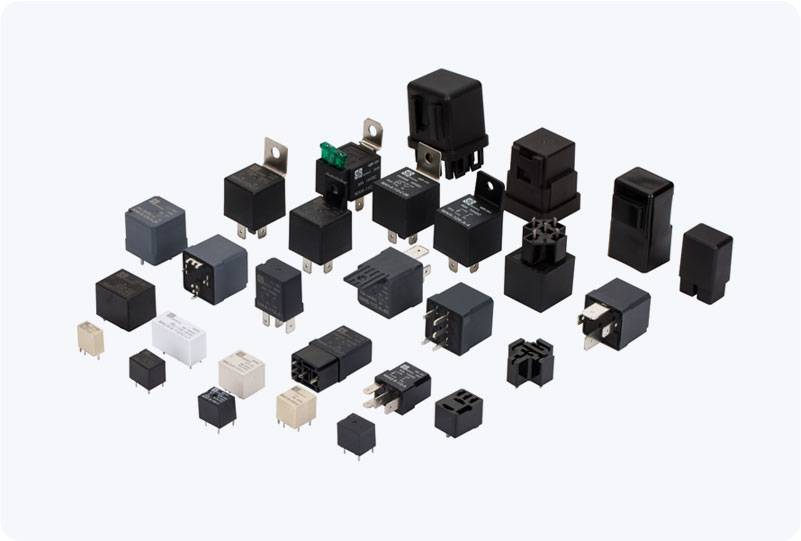understanding solid state relay: a revolutionary component in modern electronics
Release time:2025-07-19 14:23:15
Solid State Relays (SSRs) are becoming increasingly integral in modern electronic systems due to their ability to provide reliable, noise-free, and fast switching compared to traditional electromechanical relays. These components have found widespread use in industries like automation, telecommunications, and medical equipment due to their enhanced performance and longevity.

What is a Solid State Relay?
A Solid State Relay (SSR) is an electronic switching device that performs the same function as a traditional electromechanical relay, but without any moving parts. Unlike mechanical relays that rely on physical contacts to open or close a circuit, SSRs utilize semiconductor devices like triacs, thyristors, or phototransistors to switch the load. The absence of moving parts significantly reduces the wear and tear associated with mechanical relays, allowing SSRs to operate reliably for much longer periods.
How Does a Solid State Relay Work?
At its core, an SSR consists of three main components: the input control circuit, the switching element, and the output load circuit. The input control circuit receives a signal, typically from a microcontroller or a switch, which activates the internal semiconductor devices. These semiconductor components are responsible for switching the output circuit on or off. The most common types of semiconductor used in SSRs include triacs, which handle AC loads, and MOSFETs or IGBTs for DC loads.

